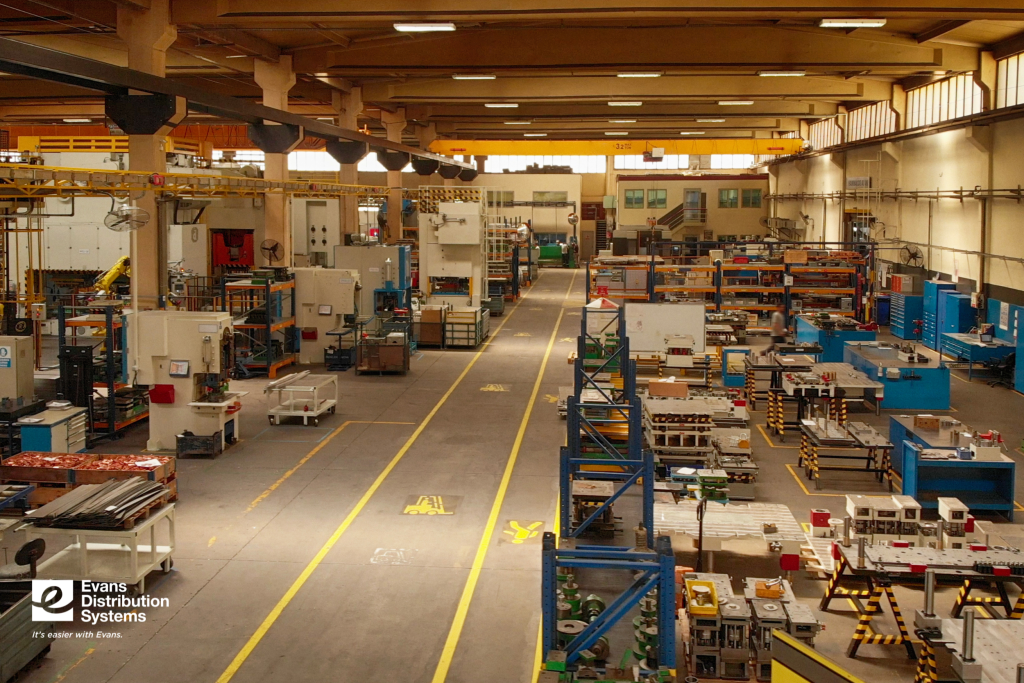
For most companies, the return process has long been seen as a necessary burden and an unavoidable cost of doing business. But as consumer expectations evolve and ecommerce continues to dominate retail, reverse logistics is becoming an essential strategy in maximizing profitability. For third-party logistics (3PL) providers, this shift presents a valuable opportunity to help clients turn returns into revenue through smarter operations, better data, and strategic partnerships.
Let’s explore how 3PLs can help to better make returns a more affordable and profitable opportunity through reverse logistics.
What Is Reverse Logistics?
Reverse logistics refers to the process of moving goods from the end consumer back to the seller or manufacturer. This includes product returns, repairs, recycling, refurbishment, and proper disposal. While this process was once viewed solely as a cost center, today’s 3PLs are reimagining reverse logistics as a critical revenue driver, especially when handled with efficiency and foresight.
Scalability and Efficiency Through 3PLs
One of the most significant advantages a 3PL brings to reverse logistics is the ability to streamline and scale. Retailers, particularly in ecommerce, face high return rates often exceeding 20% depending on the product category. Managing these returns in-house can be time-consuming and expensive. 3PLs equipped with the right infrastructure and technology can process returns quickly, inspect and sort items efficiently, and determine the most profitable disposition path whether that’s resale, refurbishment, or recycling.
Data-Driven Return Management
Technology plays a major role in unlocking the revenue potential of reverse logistics. With real-time tracking, smart sorting systems, and data analytics, 3PLs can provide clients with insights that inform better inventory decisions and reduce waste. For instance, returns data can reveal patterns in product defects, sizing issues, or packaging problems, allowing brands to proactively correct problems and reduce future return volumes. Additionally, systems that identify return condition early in the process help determine whether a product can be restocked or rerouted to an alternative sales channel, such as a secondary market or outlet store.
Tapping into Secondary Markets
Secondary markets are a growing revenue stream that many brands and 3PLs are tapping into. Gently used or open-box items can be resold through discount retailers, online marketplaces, or donation channels that come with tax incentives. By routing returns through these channels rather than discarding them, businesses not only recover value but also support sustainability goals (a growing concern among consumers). 3PLs that manage these networks effectively help clients preserve brand value while turning unwanted inventory into a profitable asset.
Enhancing the Customer Experience
Customer experience is another area where reverse logistics can shine. Today’s consumers expect fast, easy, and transparent return processes. A 3PL with a dedicated returns management system can offer features like pre-printed return labels, portal tracking, and real-time notifications that reduce friction and increase loyalty. Brands that provide a seamless return experience are more likely to see repeat business and positive reviews, both of which contribute to long-term profitability.
A Strategic Advantage in the Supply Chain
Ultimately, reverse logistics is no longer an afterthought, it’s a strategic advantage. 3PLs that invest in specialized returns services are helping their clients recover lost revenue, reduce operational costs, and build stronger customer relationships. In a market where margins are tight and customer expectations are high, mastering the return process is not just smart, it’s essential.
Turning Returns into Opportunity
As reverse logistics continues to grow in importance, 3PL providers are uniquely positioned to lead the charge. By treating returns not as a loss, but as an opportunity, the supply chain becomes more agile, more sustainable, and more profitable. It’s a win-win for logistics partners and the businesses they serve.
